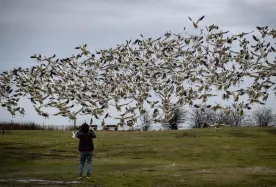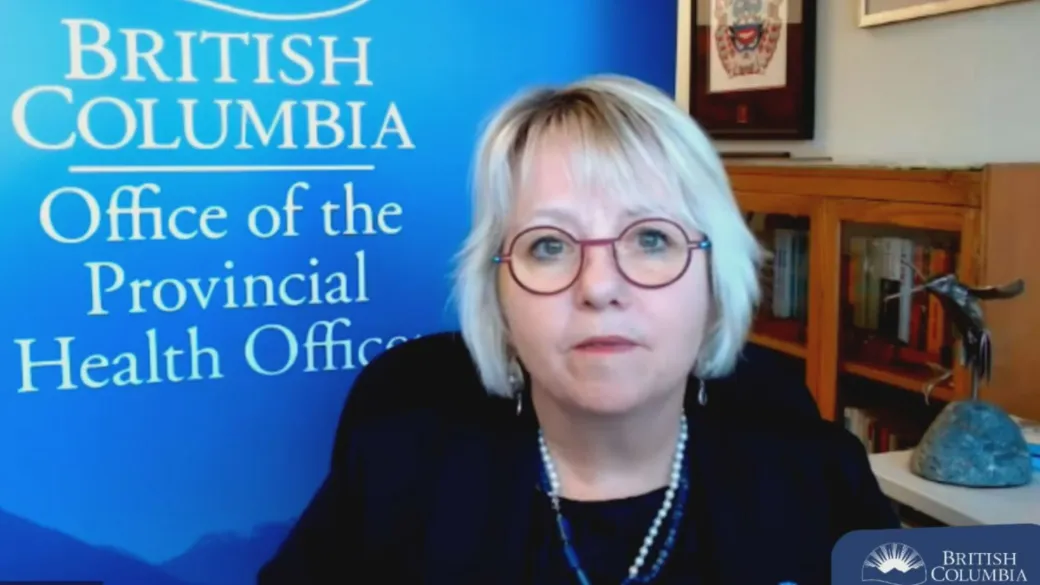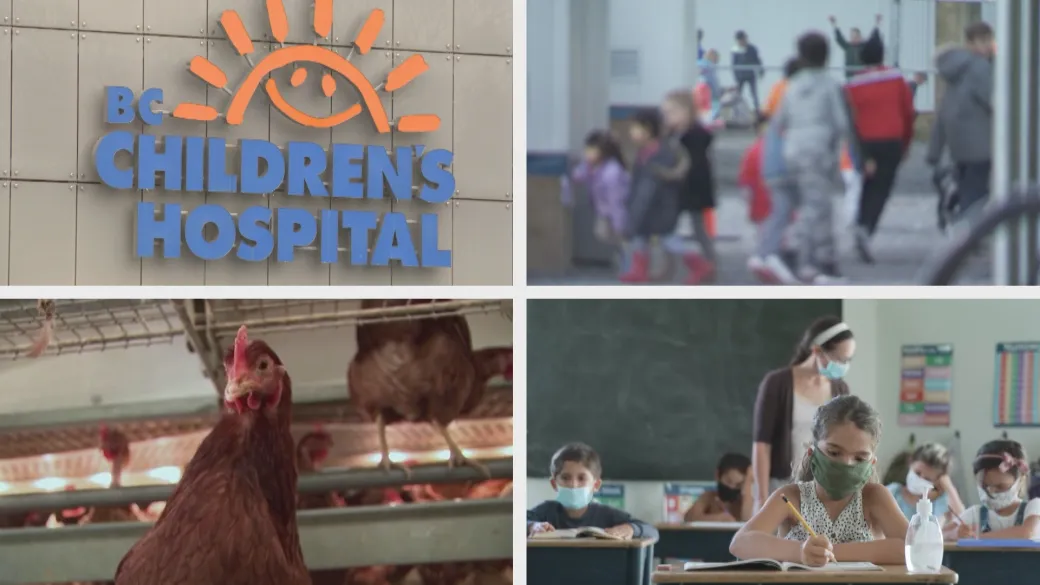November 17, 2024

British Columbia’s chief veterinarian has told clinics that treat wild birds that they must establish protocols to prevent the spread of avian flu, warning of the risk of human exposure to the illness.

Dr. Theresa Burns said in a letter to vets last week that reporting of sick and dead wild birds across the province has increased recently and clinics handling wild birds must have safety procedures in place and ensure staff are trained and equipped with proper protection.

Days after Burns issued her letter, B.C. health authorities announced the first case of a human avian flu infection acquired in Canada, with the teenage patient in critical condition in hospital.
Burns said in an interview that her office has been working since 2022 to educate veterinarians on the H5N1 avian flu virus, and the letter was another reminder in the midst of fall migration.
When birds get this flu they present with symptoms such as an inability to fly, weakness, and neurologic signs, she said.
“And then people find those birds, and out of the goodness of their hearts, they pick them up to try to help them, and they often will bring them into veterinary clinics for care,” she said.
“And we just want to make sure that our veterinarians and their staff who might receive calls, or have people bringing those wild birds, are aware of the avian influenza and what they need to do to protect themselves and their staff.”
Burns said sick birds should be isolated from people and animals and that anyone who interacts with them should wear protective gear including gowns, gloves and eye protection.
Rob Hope, general manager of the OWL rehabilitation facility in Delta, B.C., says the centre, which cares for raptors, including eagles, falcons, hawks, and owls, has taken extra precautions to prevent the spread of avian flu for years.
Hope said staff have become skilled at recognizing the disease and can often diagnose them when they see photos or video of a bird.

If H5N1 is suspected, he said the animal is transported to the centre in a kennel and placed in quarantine where it is only cared for by select staff in full protective gear including gowns, masks, booties and face shields.
He said the centre has seen an increase in cases over the last few weeks compared with last month and that many of the animals die within 24 hours.
“Most of the time they’re dying anyways, but at least people aren’t playing with them or poking them, you know? That type of scenario,” he said
Burns said people should not touch sick or dead birds that they find in the wild.
Before this week’s announcement of the B.C. case, there was one previous infection in Canada in 2014 in Alberta. That person died, and health officials determined that the victim likely contracted the virus while travelling in China.
B.C. officials have said they don’t know yet how the teen caught the virus.

“This, as I mentioned, is a rare event and we want to make sure that it’s not spreading. That’s one of the things that we were focusing on this weekend, and we have identified no further cases,” B.C. Provincial Health Officer Dr. Bonnie Henry said on Tuesday.
Burns said tests of wetland sediments in areas where wild birds gather have shown high levels of the H5N1 variant of the virus, but so far the number of wild birds being reported with the infection is similar to 2022 and 2023.
The commercial poultry sector in British Columbia has been hit hard by avian flu, with 28 flocks infected this fall as migratory birds fly south for winter. More than 6.5 million birds have been culled in the province because of avian influenza since spring of 2022.
Burns said the industry saw a rise in the number of cases at the beginning of this season and it’s unclear whether that will continue or level off over the next few weeks.
Migratory wild birds, particularly waterfowl species such as ducks and geese, are believed to be the primary carrier of the disease, but government data show other infected species have included hawks, ravens and herons.